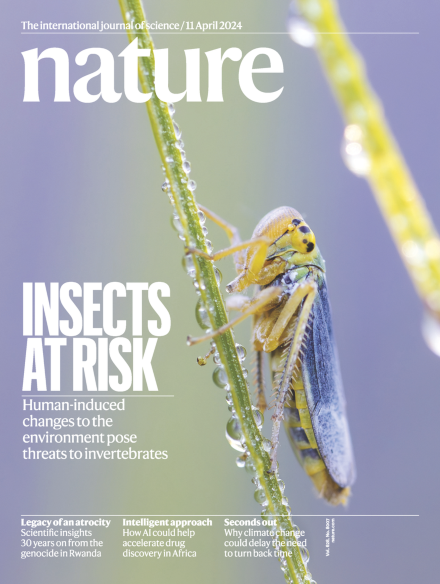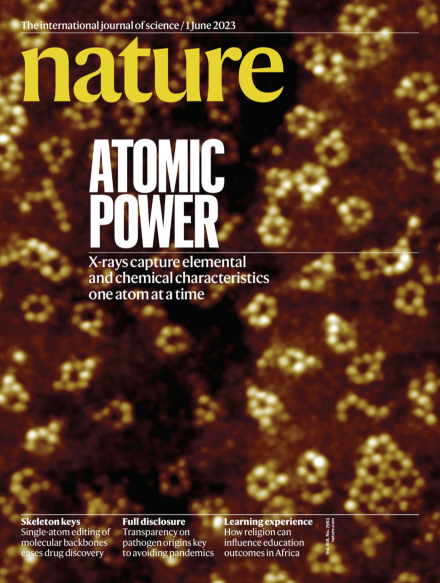
Nature Magazine – April 11, 2024: The latest issue cover features the environmental challenges now facing insect populations, with climate change emerging as a key factor whose influence has potentially been underestimated…
Green space near home has an antidepressant effect
People who had the most vegetation near their residences were the least likely to report depression and anxiety.
Advanced CRISPR system fixes a deadly mutation in cells
Applying a ‘base editor’ allows cells to crank out increased levels of a vital metabolic enzyme.
Baseball-sized hail in Spain began with a heatwave at sea
Climate change is partly to blame for a storm that pounded Girona province with record-breaking hailstones.





